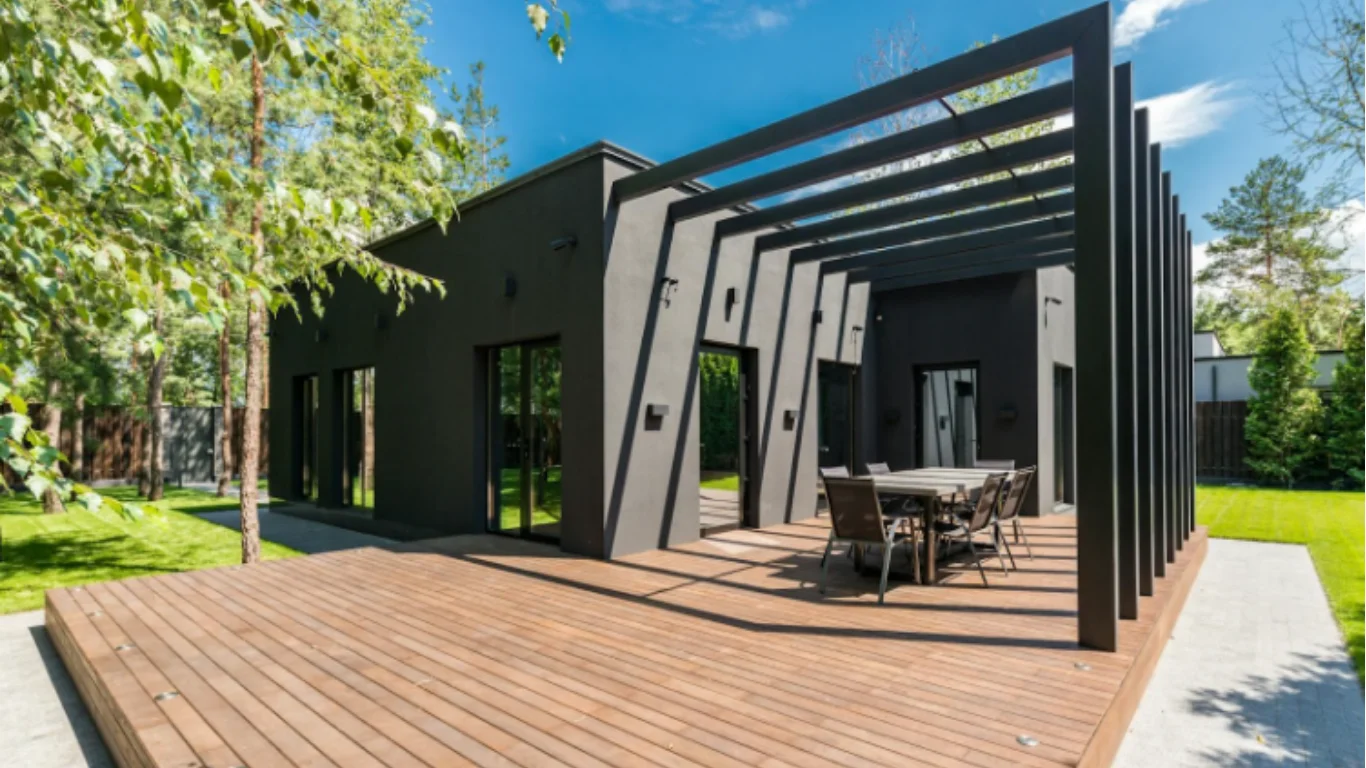Finding the sweet spot for your thermostat can make a real difference in your monthly energy bills, and we’re talking potentially hundreds of dollars a year. Most homeowners tend to wing it when setting their thermostats, adjusting based on what feels right in the moment rather than following any real strategy. But here’s the thing: there’s some solid science behind optimal thermostat settings that can help you slash energy consumption without turning your home into an icebox in winter or a sauna in summer. The secret isn’t just about picking a magic number and forgetting about it.
Understanding the Department of Energy’s Recommended Settings
The U. S. Department of Energy has done the homework for us, providing specific temperature recommendations that work for most homes. Their winter guideline? Set your thermostat to 68 degrees Fahrenheit when you’re home and awake, then drop it even lower when you’re sleeping or away.
The Eight-Hour Setback Strategy for Maximum Savings
Want to know one of the easiest ways to cut your energy costs? Implement what experts call temperature setbacks during times when you’re not home or when you’re asleep. Setting your thermostat back by seven to ten degrees for eight hours each day can save you up to ten percent annually on heating and cooling; that’s substantial. During winter nights, dropping the temperature between 62 and 65 degrees does double duty: it saves energy and promotes better sleep (cooler rooms are scientifically proven to improve sleep quality). In summer, bump that thermostat up to 82-85 degrees while you’re at work.
Smart Thermostats and Advanced Programming Features
Today’s smart thermostats are pretty remarkable pieces of technology that go way beyond simple temperature control. These devices learn from your behavior, studying your daily routines, figuring out your temperature preferences, and tracking seasonal patterns to create heating and cooling schedules tailored to your household. Many models provide eye, opening energy usage reports that show you exactly where your money’s going and suggest ways to save even more. What’s cool is the geofencing feature in many smart thermostats.
Seasonal Adjustments and Zone-Specific Considerations
Getting the most from your thermostat means adapting your approach as the seasons change and understanding how different parts of your home behave. Spring and fall offer golden opportunities to take advantage of free temperature control through natural ventilation. Opening windows during those pleasant cool mornings and evenings, then closing them up before things get uncomfortable, can eliminate the need for heating or cooling altogether on many days. If your home has multiple zones or levels, setting different temperatures for various areas prevents you from wasting energy on spaces nobody’s using.
Common Thermostat Mistakes That Increase Energy Costs
Even well-meaning homeowners often shoot themselves in the foot with thermostat mistakes they don’t even realize they’re making. There’s a stubborn myth that cranking your thermostat to extreme settings will heat or cool your home faster. Spoiler alert: it won’t. Your system operates at the same speed whether you set it to 65 or 55 degrees; you’ll just overshoot your target temperature and waste energy. Constantly tweaking the thermostat throughout the day creates inefficient on-off cycling that burns energy and puts unnecessary wear and tear on your equipment. Here’s something many people don’t consider where you place your thermostat matters tremendously.
When troubleshooting persistent temperature control issues, professionals who need to perform HVAC repair services in Lexington, KY often find that thermostat placement causes inaccurate readings. Thermostats located near heat-producing appliances, drafty windows, or in direct sunlight will give false readings that trigger unnecessary heating or cooling cycles. If you’ve got a programmable thermostat, don’t neglect those batteries. When they die, your carefully programmed schedule gets wiped back to factory settings. Some folks set their thermostats to extreme temperatures before going on vacation, which seems logical but can create humidity problems or damage your home. And here’s one more: leaving your fan setting on “on” instead of “auto” means your fan runs continuously, even when your system isn’t actively heating or cooling. That wastes a surprising amount of energy without making your home any more comfortable.
Conclusion
Mastering your thermostat for maximum energy savings really comes down to three things: following proven temperature guidelines, implementing smart setback strategies, and taking advantage of modern technology when it makes sense. Those Department of Energy recommendations, 68 degrees in winter and 78 in summer, aren’t arbitrary numbers, and they provide an excellent foundation for building your energy-saving strategy. Adding eight-hour setbacks can deliver up to ten percent in annual savings without much effort at all. Smart thermostats take things to the next level with automated optimization and detailed insights into your energy consumption patterns.







